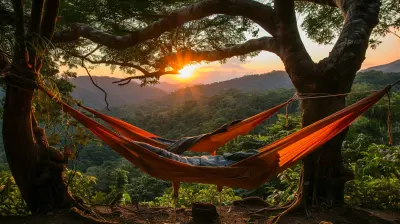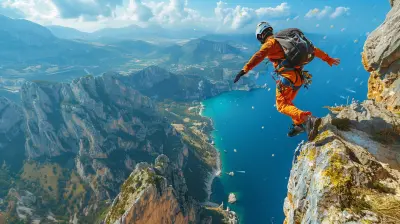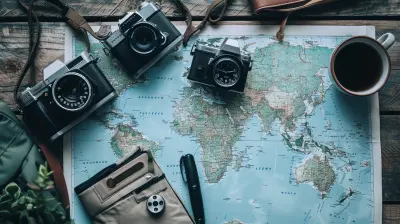How Local Artists Shape a Region’s Identity
25 June 2025
Have you ever stepped into a town or city and instantly felt its unique vibe? Like, how New Orleans practically sings with jazz or how the streets of Oaxaca explode with color and culture? That’s not just coincidence—or architecture. It’s the local artists. They're the unsung heroes shaping a region’s personality, one brushstroke, beat, or sculpture at a time. Let's take a deep dive into how local artists help tell stories that go far beyond guidebooks and Instagram filters.

Art as a Mirror of the Community
Local art is often a direct reflection of the place it comes from. Just like a mirror, it reveals what’s happening on the ground—politics, passions, traditions, and even protests. You can walk into a town square and, through a mural or a sculpture, understand decades of history. Pretty wild, right?Artists don't just create pretty things. They document life. Whether it's a painter capturing the dusty roads of a desert village or a poet putting words to a people's struggle, their work embodies the essence of the region. It’s the kind of storytelling you can’t find in brochures.
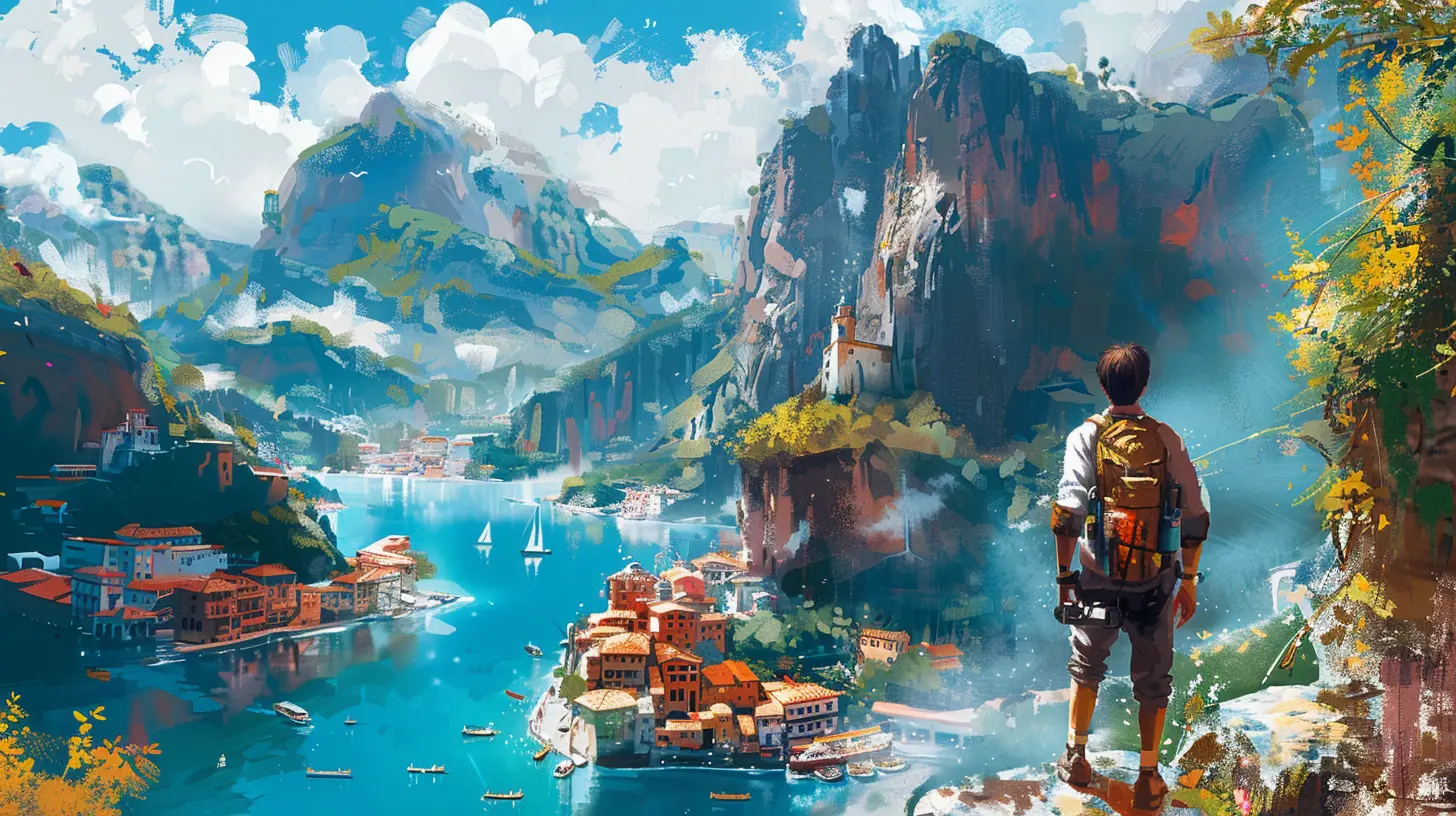
Cultural Identity Woven Into Every Stroke
Have you ever noticed how art feels different in different regions? That’s no accident.- In Morocco, you might stumble upon intricate tilework that tells Islamic tales through geometric patterns.
- In Bali, the vibrant dancers in traditional masks bring centuries-old legends to life.
- In the American Southwest, Native American pottery and woven blankets aren’t just beautiful—they carry spiritual and ancestral meanings.
These unique styles and symbols are more than just decorative. They are deeply woven into the cultural fabric of their regions. Local artists keep these traditions breathing. Without them, many of these beautiful practices might fade into obscurity.

Art as a Language Everyone Understands
One of the coolest things about art? You don’t have to speak the local language to understand it. Art crosses language barriers in a way words can't. It makes you feel something.Imagine standing in front of a massive graffiti wall in Berlin or a street performance in Rio de Janeiro. You might not understand the words, but you get the vibe. You connect. That connection? That’s identity. That’s belonging. And local artists help us get there, no translation required.
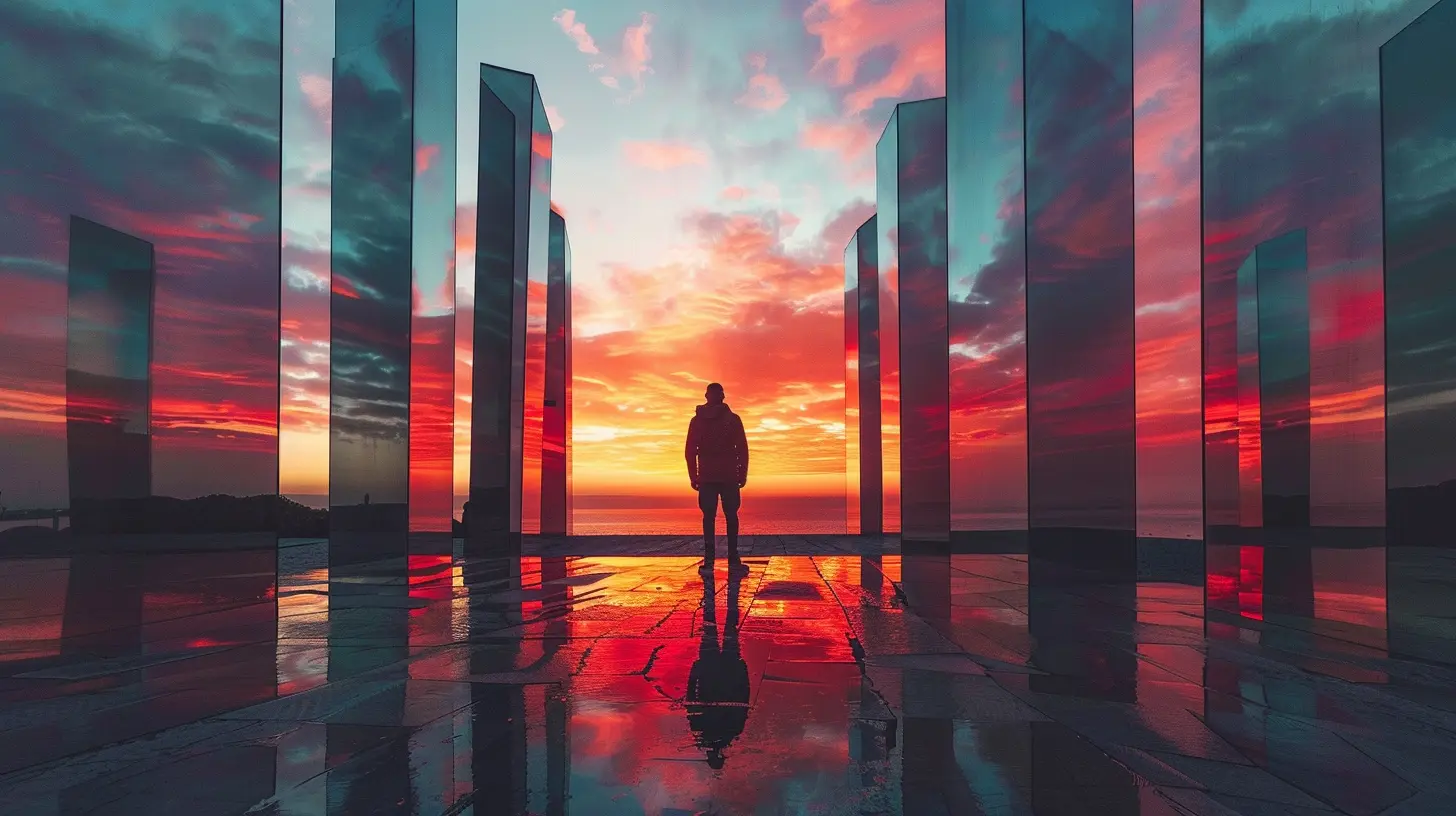
Tourism and the Art Economy
Let’s talk money for a second—not to get greedy, but because local artists contribute more than creativity. They boost the local economy in a way that’s both sustainable and deeply personal.When you visit local markets, attend live performances, or take a tour through an artist’s workshop, you’re not just spending your money—you’re investing in a living culture. You’re supporting someone’s craft, and more importantly, helping preserve a region’s identity.
And guess what? A region with a thriving local art scene becomes a magnet for tourists. Think of cities like Florence, Mexico City, and Santa Fe. Their art scenes are central to their charm. Local artists are like the heartbeat of these destinations.
Public Art that Stops You in Your Tracks
You ever trip over your own feet just because a piece of street art was so dang amazing? Been there.Public art—whether it’s murals, sculptures, or installations—turns ordinary spaces into open-air galleries. It makes a city feel alive. These artworks often celebrate local heroes, commemorate historic events, or highlight cultural legends. And all of this contributes to a sense of place.
One minute you're walking to grab coffee, the next you're face-to-face with a story told in spray paint. That’s the magic of public art—it sneaks up on you, pulls you into a local legend, and makes you part of the narrative.
Local Artists as Storytellers
Every piece of art is a story. Whether it's a painting, a song, a dance, or even handcrafted jewelry, there’s a beginning, middle, and end. Local artists are often storytellers first. They share tales passed down through generations or born from lived experience.These stories help preserve a region’s heritage. They also create new narratives that reflect changing times. The beauty of working with local artists is you don’t just hear about history—you feel it. You might even wear it or listen to it on a vinyl record pressed in someone’s garage.
Festivals That Celebrate Local Talent
Ever attended a cultural festival and left thinking, “Wow, that place has soul”? Thank the local artists.Festivals are where regions go all out in showing off their local talent. From musicians and dancers to food artisans and painters, these gatherings are like cultural fireworks.
Think Mardi Gras in New Orleans. Burning Man in Nevada. The Edinburgh Fringe Festival. These aren’t just events—they’re invitations into a region’s identity, shaped and led by the artists who call it home.
Festivals also offer an amazing way for travelers to interact with the local community. You’re not just seeing a painting—you’re watching the artist create it. You’re not just hearing a song—you’re dancing to it with the person who wrote it. That connection? Priceless.
How Art Shapes Perception
Ever noticed how your perception of a place changes after engaging with its local art?Maybe you thought a small town was just, well, small. Then you saw a mural that took your breath away. Maybe you assumed a city was all business—then you heard a street musician cover local folk songs so beautifully you cried.
Art adds layers. It invites curiosity, challenges stereotypes, and shows us places through different lenses. Local artists can shift the way the world sees their region and even how the locals see themselves.
Art as Activism
Local artists often double as cultural activists. Their work challenges the status quo, sparks dialogue, and forces us to look deeper at the socio-political layers of a region.In places where speech might be restricted, art speaks loudly. Murals become manifestos. Music becomes rebellion. Dance becomes protest.
This aspect is crucial to understanding a region's identity. It’s not just about what’s beautiful—it’s about what matters. And local artists aren’t afraid to push the uncomfortable truths to the surface.
Reviving Forgotten Cultures
Some regions risk losing their cultural identity due to globalization or migration. Local artists play a huge role in preserving and reviving these aspects.Take indigenous art forms that are on the brink of extinction. By teaching these arts, incorporating them into modern designs, or showcasing them in galleries and markets, artists keep the culture alive. They’re like cultural guardians with paintbrushes and guitars.
In this way, local artists are not just creators—they’re preservationists, educators, and ambassadors of heritage.
Artistic Influence on Interior and Urban Design
Did you know that local artists often influence the actual design of public spaces and even homes?From hand-painted tiles in Andalusian homes to indigenous-inspired patterns in Papua New Guinea’s architecture, local art seeps into everyday life. And when city planners collaborate with artists, whole neighborhoods can be transformed into immersive art experiences.
Cities like Melbourne, Buenos Aires, and Montreal have woven their urban identity around their art scenes. That’s because they recognize something powerful: when you let local artists lead, you don’t just get decoration—you get a city with soul.
Why Travelers Should Engage With Local Artists
So, what’s in it for you, the curious traveler?Connecting with local artists gives you an authentic experience. Instead of just snapping pics of the Eiffel Tower, imagine sipping wine in a tucked-away atelier while a French painter explains their process.
You’ll walk away with more than selfies—you’ll carry stories, emotions, and maybe even a one-of-a-kind piece of art that holds real meaning.
Plus, you directly support the local economy and culture—in a way that mass tourism just can’t replicate.
Final Thoughts: Art is the Heartbeat of Place
So next time you're planning a trip and scrolling through must-visit spots, pause. Look for galleries, watch street performers, peek into artist studios. Meet the makers.Local artists don’t just add to the atmosphere—they are the atmosphere.
They create the melody, splash the color, shape the shadows, and light up the corners of every place they touch. They make regions memorable, meaningful, and magnetic. They’re the heartbeat, the soul, the storytellers—and the real map to understanding any place on Earth.
all images in this post were generated using AI tools
Category:
Cultural ExperiencesAuthor:

Tracie McAdams
Discussion
rate this article
2 comments
Fennec Hamilton
What a delightful read! It's fascinating to see how local artists capture the soul of their communities, weaving culture and identity into every brushstroke and melody. Their creativity not only enriches the region but also invites us to connect and experience its vibrant essence. Truly inspiring!
September 14, 2025 at 3:11 AM

Tracie McAdams
Thank you for your thoughtful comment! I'm glad you found the piece inspiring and appreciate the role of local artists in reflecting and enriching community identity.
Siena Whitaker
This article beautifully highlights the vital role local artists play in shaping a region’s cultural identity. Their creativity not only enriches the community but also enhances the visitor experience, making it essential for tourists to engage with local art for a deeper understanding of the area.
June 25, 2025 at 2:38 AM

Tracie McAdams
Thank you for your insightful comment! I completely agree that local artists are instrumental in defining and enriching a region's cultural landscape.
